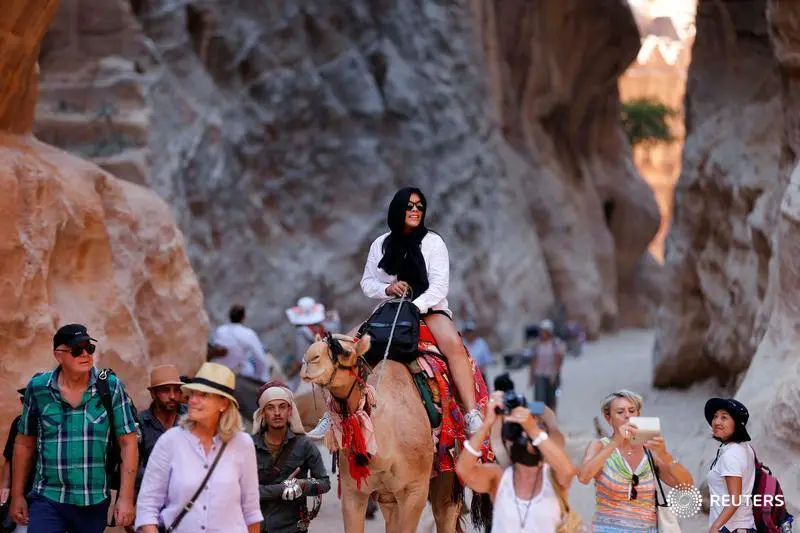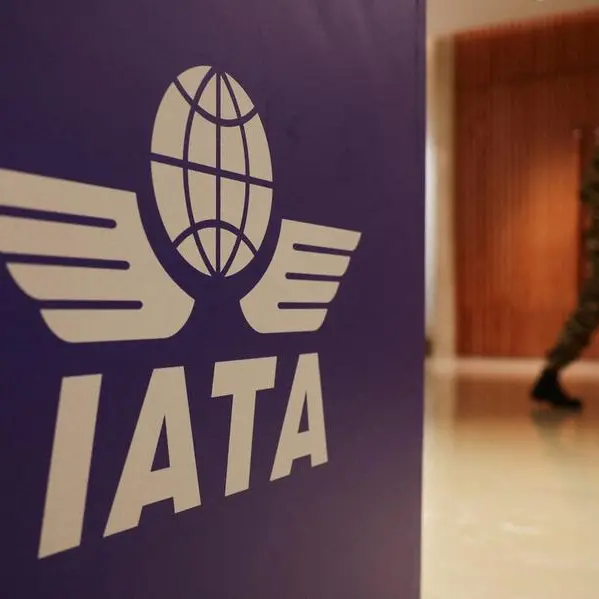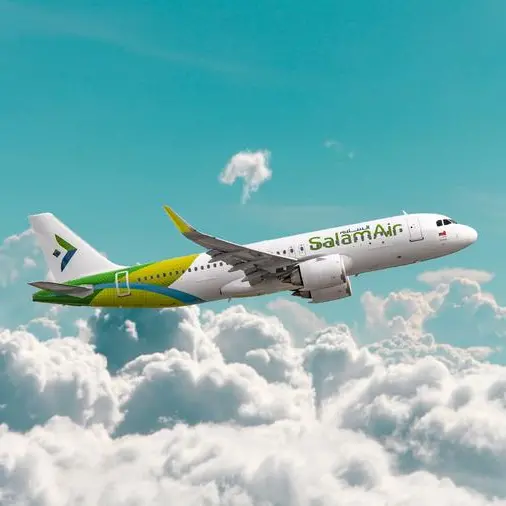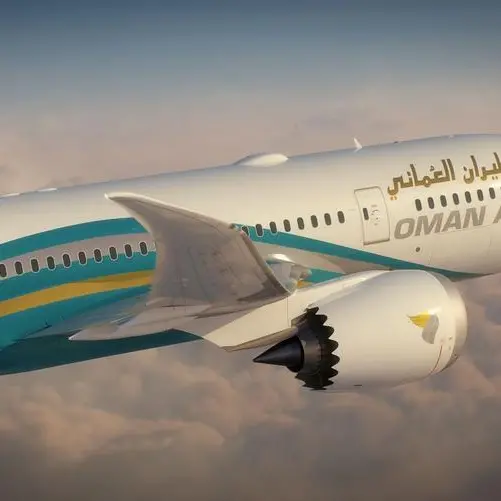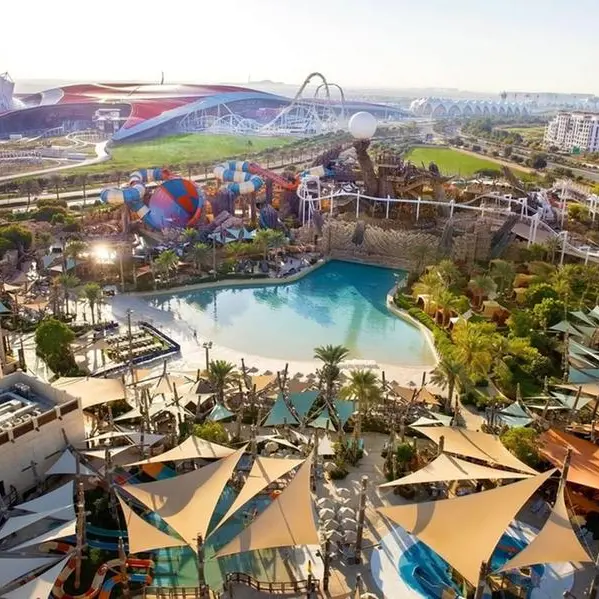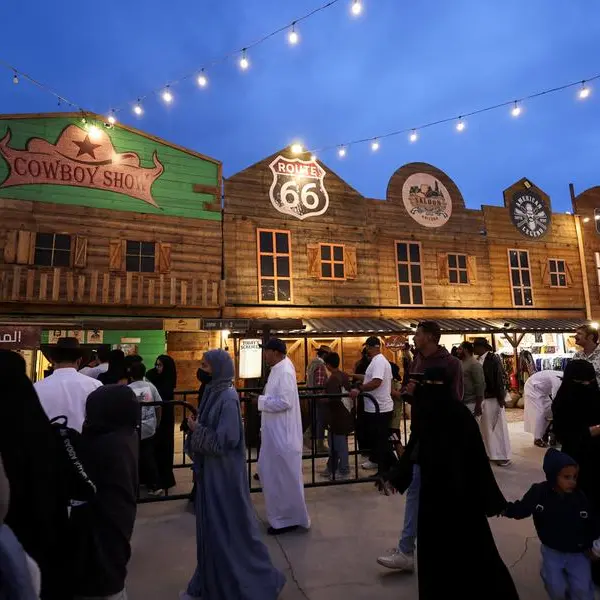PHOTO
AMMAN — Jordanians living abroad comprised the largest portion of tourists to the Kingdom this year, according to experts.
Jordan’s tourism revenue grew by 204.5 per cent during the first seven months of 2022, and reached about $2.87 billion compared with the same period in 2021, according to the Ministry of Tourism.
The number of tourists visiting the Kingdom increased by 1.7 million this year, according to the ministry.
Economist Wajdi Makhamreh said that the rise in tourism revenue is a positive indicator for Jordan, especially for the sectors that support tourism, such as the transport and hotel industries, among others.
“They are affected by the recovery of the tourism sector as it constitutes a large proportion of GDP,” Makhamreh told The Jordan Times.
He added that the increase in the number of tourists is also significant to obtaining the foreign currency revenue that Jordan needs to improve its foreign currency reserves.
“After the pandemic, the [Jordanian] expatriates returned again, and this played a major role in the tourism recovery. The number of Arab tourists is definitely higher than other foreign tourists, which is also due to the Ukrainian-Russian crisis, as there is no tourism from there anymore,” Makhamreh said.
According to Makhamreh, reviving the tourism sector helps maintain and create job opportunities, such as tour guides and hotel employees.
Tourism expert Rajaa Jazzar said that the demographic data “exceeded expectations” of visiting Jordanian expatriates, and visitors from the Gulf countries.
According to Jazzar, the only European country which ranked among the top 10 in number of visitors to Jordan during the first five months of 2022 is France, as 80 per cent of in-bound tourists to Jordan during this year are Jordanians, Arabs from the Gulf.
“Budget allocation is a huge issue for the tourism sector and how it is spent in markets and what kind of revenue is Jordan getting per market,” Jazzar told The Jordan Times.
Around 90 per cent of the Jordan Tourism Board’s budget is focused on marketing campaigns in Europe, although its contribution is at best 15 per cent of the total. The Arab markets have a budget of 5 per cent, and they contribute 80 per cent along with Jordanian expatriates,”Jazzar said
Jazzar stressed that the share of European tourists to Jordan is low compared with the share of tourists of Arab nationalities.
“Approximately 30 per cent of the total tickets sold for low-cost flights subsidised by Jordan are one-way, which means that the beneficiaries are not foreign tourists from Europe, but university students, Jordanian expatriates, and foreign diplomats,” she continued.
JTB’s entire budget is JD72 million, JD36 million of which is allocated to support low-cost flights in Europe, in addition to JD2 million for Royal Jordanian Airlines in Europe, and another JD2 million to support chartered flights in the European market, she said.
She indicated that the numbers show “a major flaw” in policies, and confusion in the way to deal with the tourism sector.
Economic Analyst Hosam Ayesh said: “It is difficult to consider this tourist activity as a return to the traditional tourism conditions in the past or how it was pre-pandemic. However, it is a step in the right direction, provided that it is recurring and sustainable, and not a one-time thing.”
© Copyright The Jordan Times. All rights reserved. Provided by SyndiGate Media Inc. (Syndigate.info).
